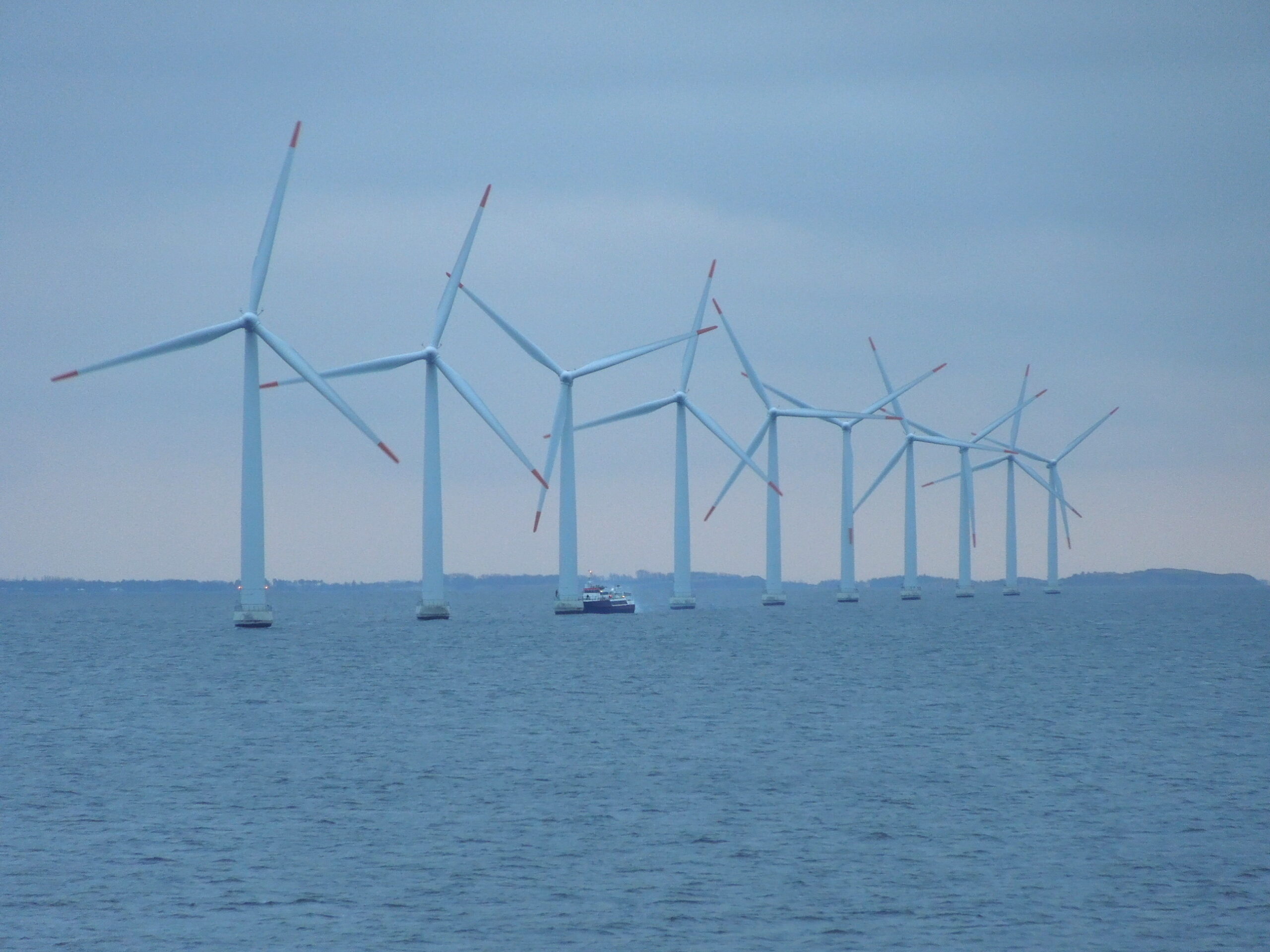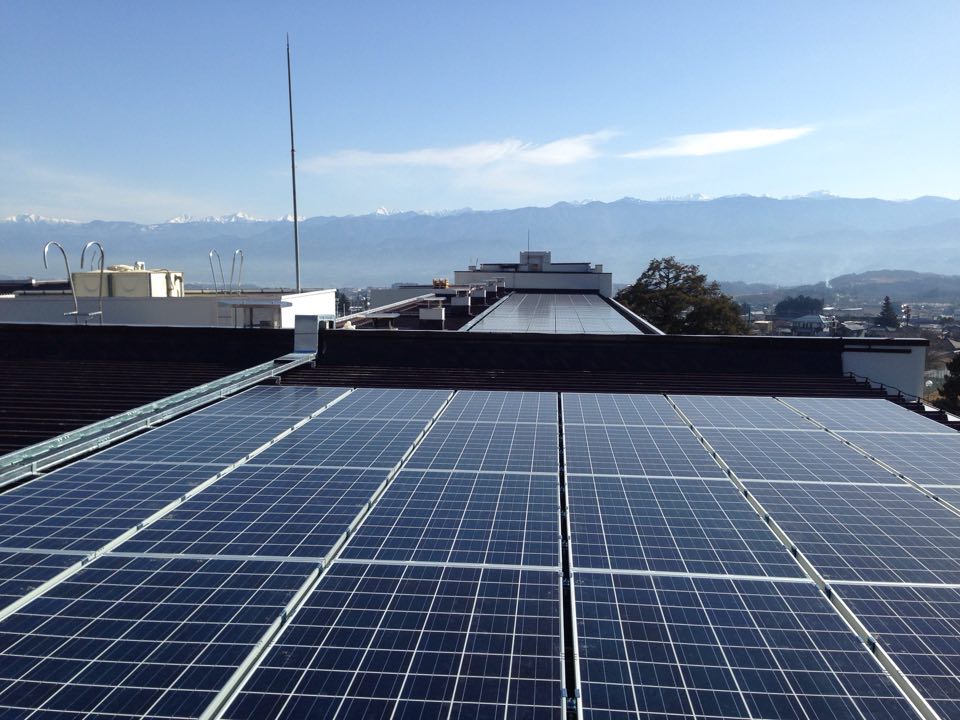In the previous article, I discussed the importance of local governments playing a background role in supporting the development of energy policies to change the future vision of their communities as the spread of renewable energy accelerates.
This article introduces the origins of the community power project, which would serve as the driving force behind regional development.
What is the Community Power Project?
The Community Power Project is a community-driven energy project that focuses on renewable energy and energy conservation. It is also known as the local energy project.
The three keywords for community power projects are local “possession,” “ownership,” and “social benefits.” Although a number of renewable energy power plants have been built across the country since the feed-in tariffs came into effect in 2012, many of them are owned by companies in urban areas, and some are unfortunately seen as a nuisance facility by the community.
In contrast, in community power projects, local members think independently, reach consensus through twists and turns, and actualize the project. Inevitably, there is a need for local people to own the energy equipment and facilities, to have a sense of ownership of the entire process, and to have a sense of participation in the decisions and the decision-making process, as well as to balance efforts to change the local community while making it economically beneficial.
Two Origins of Community Power
One of the origins of community power projects is in Denmark. The island of Samsø, with a population of 4,000 people, located in the center of Denmark, is one of the most symbolic. Denmark has a tradition of cooperation and has an Environmental Energy office, a mechanism for promoting renewable energy and its projects.
On the island of Samsø, the Office for Environment and Energy has taken the lead in promoting renewable energy projects with funding from the Danish government and the EU since 1997. The project was funded by local residents and community financial institutions to promote onshore wind power, offshore wind power, biomass heat use, and solar thermal power, and within ten years, the island had achieved 100% renewable energy and created jobs. The municipality played a major role in the realization of the project by providing credit guarantees for the initial projects.

Fig.1. Offshore wind farm funded by local residents (Samsø)
The origins of community power projects in Japan lie in the city of Iida, Nagano Prefecture, where, with the support of the city and ISEP, a local non-profit organization, Ohisama Shinpo Energy, Ltd. (Ohisama Progress) was established in 2004 with a grant from the Ministry of the Environment. Ohisama Progress planned a solar power generation project using public roofs with investments from all over Japan, and Iida City allowed them to rent the roofs for 20 years and buy the electricity at a fixed price.
Although rooftop leasing of a public facility for solar power generation is widely known now, in 2004, back when the government’s feed-in tariff system was not in place, this was an unprecedented project. The decision to do this was made possible with the head of the local government, who used to work for a financial institution. Through this support, a total of 37 public kindergartens and regional centers were able to install solar power generation systems, and the initial projects were completed.
Since then, Ohisama Progress has continued to expand its business while also providing environmental education, and many of the children in the community are now aware of the initiatives.
In 2009, Iida City was selected as an environmental model city by the cabinet office and has been working to transform the region by creating a vision for the future that clearly positions energy as a priority. In 2013, the city formulated a groundbreaking ordinance on sustainable regional development through the introduction of renewable energy. This ordinance guarantees residents the right to the local environment and states that renewable energy projects by local actors are to be used to generate revenue from these projects. The City of Iida will support the project without taking any money out of the equation by providing advice and certification from the city’s expert committee.
For example, a promise made by the Asahigaoka Junior High School Student Council in its election campaign promoted the installation of solar panels through a cooperative project between the Asahigaoka Junior High School Solar Power Promotion Council and Ohisama Shinpo. A part of the profit from the sale of the solar panels will be utilized by the student council of the school to support environmental education and the community.

Fig.2. Rooftop solar power generation at Asahigaoka Junior High School | Source: Ohisama Shinpo Energy, Ltd.
The Administration Support behind the Scenes
The two examples are similar in many ways. They are both privately owned, privately driven decisions that bring jobs and solutions to the community; they are both community power projects that have been going on for 10 or 15 years and have changed the future vision of the region. The local government has been supporting the activities of the private sector behind the scenes. In the public sector of Japan, there is a risk that the heads of the administration and the people in charge of the project will change every two or three years, and the knowledge of project management cannot be accumulated. Therefore, the private sector will basically have to take charge of the project. However, the administration has a single and important role to play in creating a framework for this to happen.
There is now a government system to support the launch of community power projects. Especially for farming, forestry, and fishing villages, the Ministry of Agriculture, Forestry, and Fisheries provides consultation services (Contact: Japan Local Energy Association) and seminars (Contact: Japan Management Association Consulting) by experts.
—
Text: Noriaki Yamashita (Institute for Sustainable Energy Policies)
オリジナル掲載:『地球温暖化』「地域から始めるエネルギー転換 − 自治体の政策と役割」(2019年11月).





